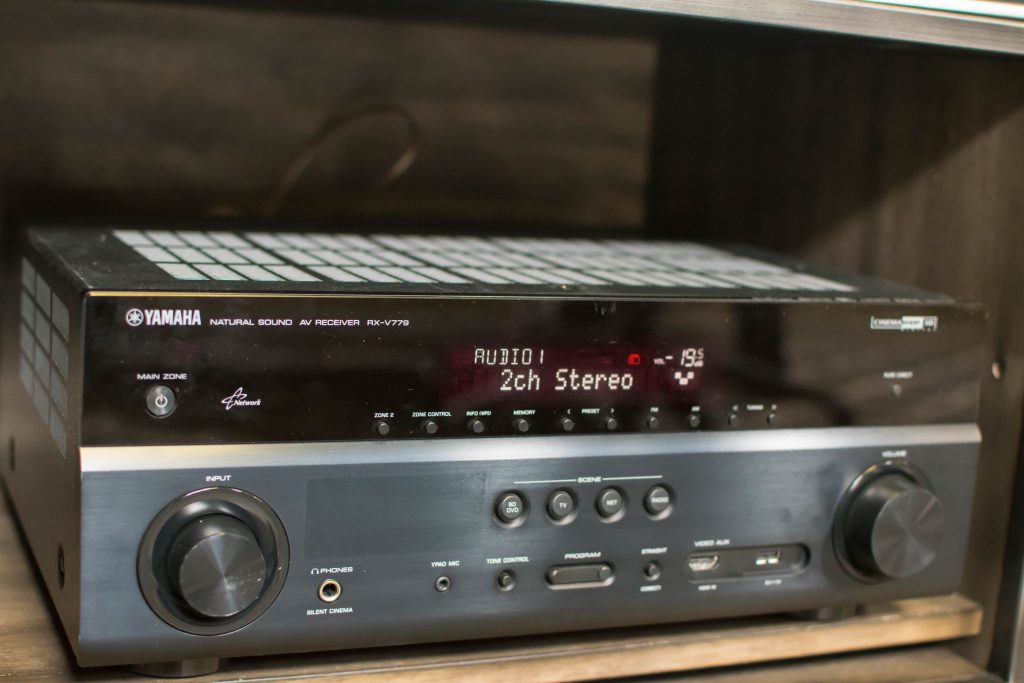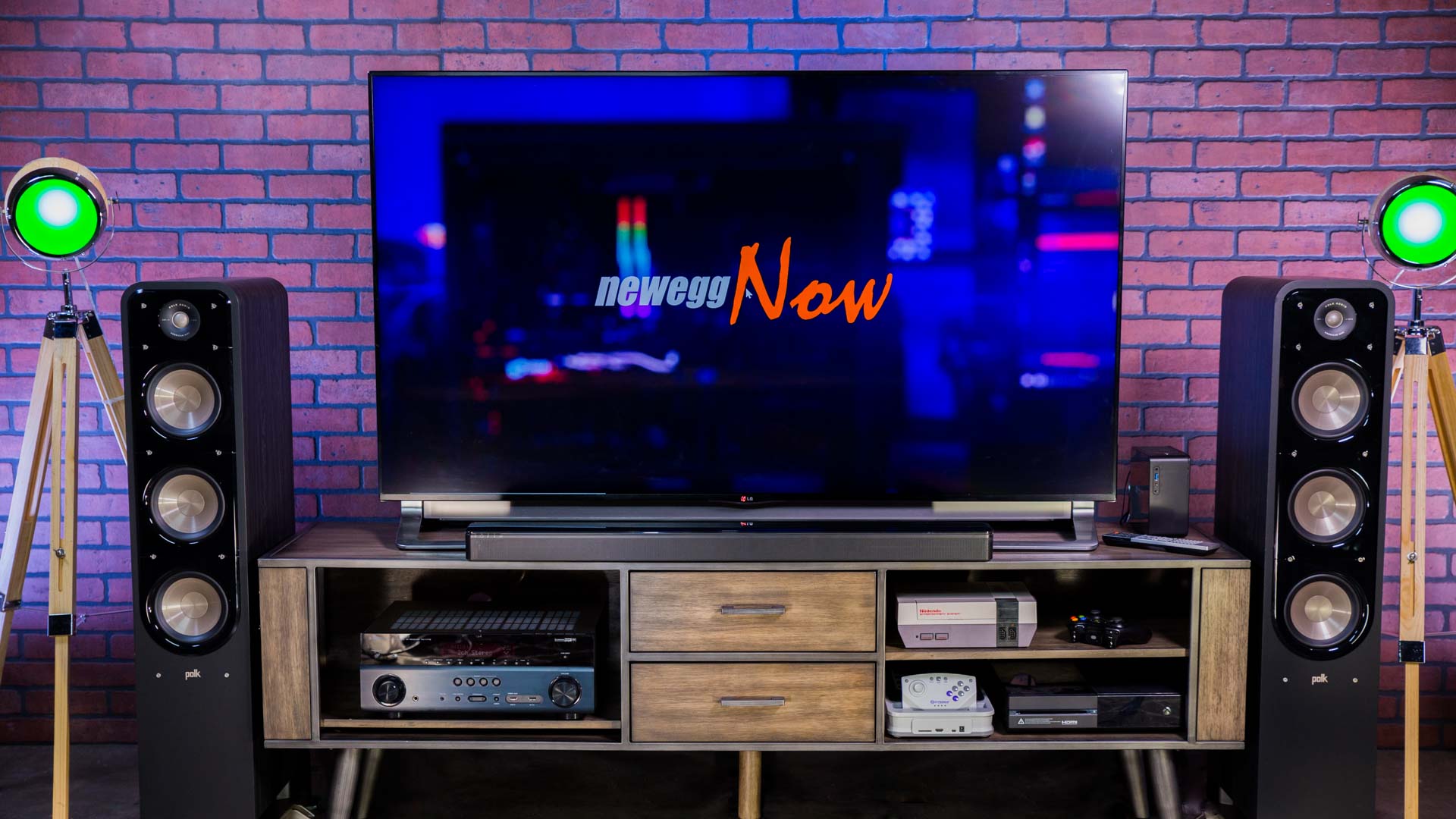
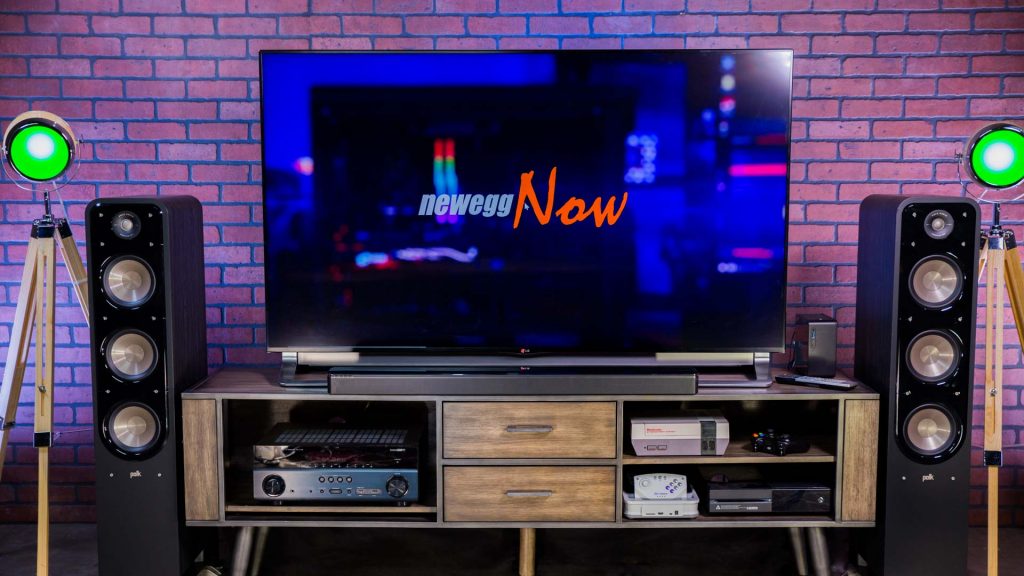
With video on-demand and streaming on the rise, cinema fans are spending less and less time in the sticky-floored, uncomfortable old movie theaters and more time decking out a state-of-the-art home theater system.
Considering the growing availability of 4K content and slew of bingeworthy series only a few clicks away, it’s no surprise really. The current state of home audio and video tech gives viewers more options than ever before, with incredible performance right out of the box.
There’s a lot more to setting up a killer home theater system than just slapping a big TV on the wall and calling it a day— it takes careful consideration of the primary media source, available space, budget, specs, and main use. That might seem overwhelming, but don’t worry. This guide to helping you set up the ultimate home theater system will take all the difficulty out of the process, and tell you everything you need to know to have the best sound system for your use.
TL;DR
For those who don’t want to wait for our quick picks for a good/better/best home theater system setup, we selected a couple solid options for a great experience, though there are tons of options available.
Prices and availability of products discussed were accurate at time of publication, but are subject to change.
Good:
- TV: TCL 6-Series 55″ 4K Smart Dolby Vision HDR TV $529.99
- Sound setup: Vizio SB3621n-E8 Sound Bar $149.99
- Total setup: $679.98
Better:
- TV: Samsung QLED Q70 65″ Smart 4K UHD TV $1597.99
- Sound setup: Yamaha YSP-2700 Sound Bar $969.99
- Total setup: $2,567.98
Best (Option #1):
- TV: LG C9 65″ 4K Smart OLED TV with AI ThinQ $2699.00
- Sound setup: Denon AVR-X4500H 9.2 Channel Receiver $1599.00, JBL Stage A135C Center Loudspeaker $249.95 (2) JBL Stage A190 Floorstanding Speaker $449.95 (2) JBL Stage A120 2-Way Bookshelf Speakers Pair $199.95, Onkyo SKH-410 Dolby Atmos-Enabled Speaker System $69.00, (2) JBL Stage A100P 10″ Subwoofer $349.95
- Total setup: $6,615.65
Best (Option #2 for in-wall setup):
- TV: LG C9 65″ 4K Smart OLED TV with AI ThinQ $2699.00
- Sound setup: Denon AVR-X4500H 9.2 Channel Receiver $1599.00, Polk two-way center channel in-wall $239.99, (4) Polk two-way in-wall speakers $99.99, (2) Polk three-way in-wall speakers $146.99, (2) Polk CSW155 In-Wall Subwoofer $899.95
- Total setup: $7,031.83
TVs

The main focal point in any home theater system is usually the TV. Walk into most on the homes in America and the primary lounge space has all the furniture pointed towards it, and people still gather around for communal entertainment. That being said, this is not an area you want to skimp on or make rash decision. There are several factors that need to be considered when looking for the best TV for your home theater.
Size
The best TV in the world won’t do much good in a living room setting if it is so small viewers have to squint to see the details. The industry used to use a metric for how large a TV should be based on the room size and distance from the screen viewers would sit, but these days the bigger the better (from the space perspective).
Now, of course, the larger the screen, the higher the cost so this is a key factor determining the grandeur of the television. Most open common rooms shouldn’t have less than a 55” screen, unless you just don’t have the space, in which case scale to size and budget. Also consider whether or not this will be for entertaining, or more for personal use. If a small room and personal use seems like your primary situation, then you might be able to get away with something smaller, though better to err on the side of large.
Resolution, Color & Display Technology
This is the most important factor when TV shopping, because it will largely determine the overall quality of the viewing experience. Simply put, the better the resolution, the better the picture will be. The primary determining factor of this spec is cost, so the overall budget for the setup will likely guide the decision here.
Undoubtedly 4K is the first thing that comes to mind, and we’ll start there. In my opinion, it’s 4K or bust. Within 4K though, there are different levels of quality— OLED, and QLED, and standard 4K (LED LCD).
OLED (Organic Light Emitting Diode) TVs are the cream of the crop, and the picture is absolutely phenomenal. OLED TV panels are from LG (while Sony and Panasonic use these in their own sets), and the technology basically uses individual LEDs to produce both the backlighting and color for every pixel, as they are emissive. This differs from traditional LED LCD technology because each LED is responsible for producing every element of light. Because of this, the TVs can be much thinner as there are less layers involved. But know that you will certainly pay for quality here, and the best OLED TVs will set you back a pretty penny.
Flip on Planet Earth in 4K on Netflix on an OLED set and your mind will be absolutely blown, as the best picture is definitely in OLED technology. This premium tier is going to be where your LG sets sit at, along with Sony and Panasonic.
QLED (Quantum dot Light Emitting Diode) TVs are Samsung’s answer to the LG OLED panel, and the technology is unique to Samsung . Essentially, the backlight is provided by LEDs projecting onto a quantum dot film. The quantum dots in turn emit their own colored light when hit with the LED, which then goes through several layers of material (including LCD) to produce the picture. The current QLED TVs are transmissive displays, with the light and color sources being different. Samsung is the player in this tech game, and in the coming years there are emissive QLED TVs in the works from them.
LED TVs are the most popular option for those that require great 4K picture, but don’t want to break the bank for the aforementioned technologies. This panel type utilizes an LED backlight, which passes through an LCD layer to produce the picture. Somewhat similar to the basis for QLED technology, without the advanced layer of quantom dots amplifying the color, brightness, and contrast.
This class of 4K TV has the most variety of brands, and some real bargains can be had from the likes of Vizio and TCL while still producing great quality.
There are some other factors that go into consideration when TV shopping, such as dimming zones, contrast ratio, and refresh rate but a much more comprehensive overview can be taken at RTings.com or at Televisions Reviewed. Just a quick note on refresh rate for gamers— a native refresh rate of 120Hz should be chosen if the TV will be a main source of high frame-rate games to enable smooth play (or for the sports fans with very keen eyes).
Sound Systems

With the visual element out of the way, the next step in constructing an epic home theater is of course the audio. While TV manufacturers are great at dazzling the eyes, they are lacking in the ear-candy department, which necessitates alternate speaker setups to ensure that your home theater is firing on all sensory cylinders.
There are a couple different considerations when it comes to choosing a sound system, such as cost, available space, desired channels, and input devices. Since DIY home theater is on the rise, we’ll start with the more advanced setup components.
What are Home Theater Receivers?
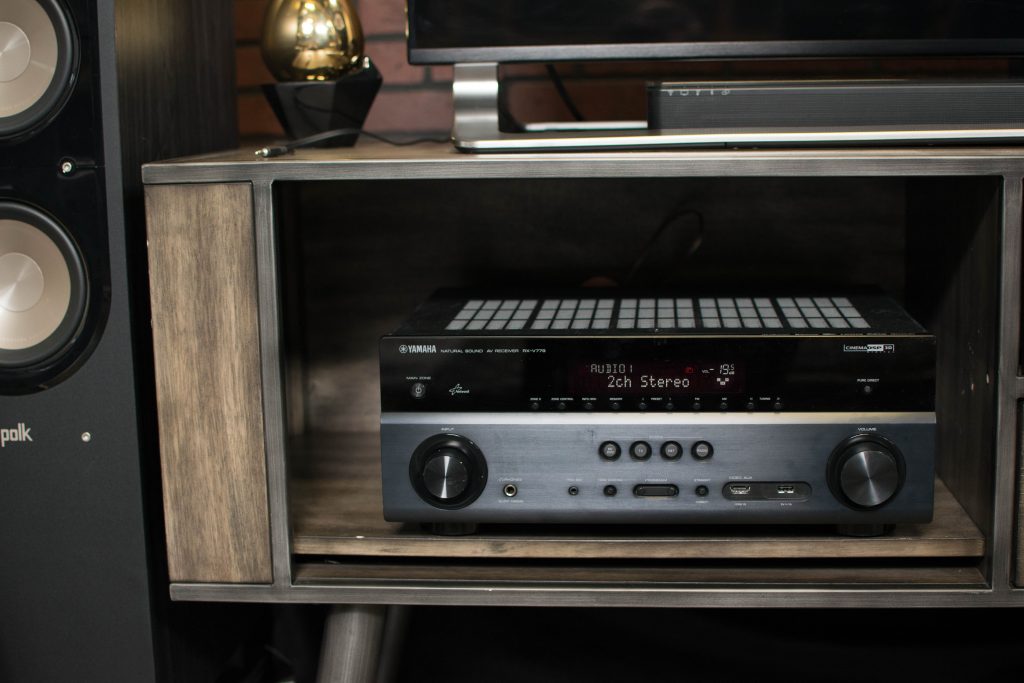
When putting together the best sound system, a common piece is the receiver. This basically connects all the different elements, both from the input channels (media source) and output channels(speakers) to ensure the audio is being distributed in the proper manner. Any multi-speaker home theater system (other than a sound bar setup) will need a receiver, so there are a few things to consider when choosing a receiver.
A key factor when choosing a surround sound receiver is knowing the input quantity, or how many different media inputs will be used. Some receivers offer Bluetooth connectivity for streaming, multiple HDMI inputs, auxiliary, and so forth, so ensuring all the audio bases are covered is critical to being happy with your setup. If you plan on having multiple zones for audio pumped into various rooms throughout the house, this is also another factor to consider when shopping for a receiver.
What is Home Theater 5.1, 7.1, 9.2, etc.?
It is imperative to think about how many output channels (speakers) you will want to have, as this is one of the primary features on a receiver. The basic balanced home theater sound system is a 5.1-channel system, with five speakers and one subwoofer. The more advanced audio system will have 7.1-channels, or seven speakers and one subwoofer, while the insane systems can even go up to 11.2 channels (eleven speakers and two subwoofers) and beyond!
One of our suggestions for a higher-end (without going into the double-digit channels) is the Denon AVR-X4500H. This has enough channels to build a booming sound system including Dolby Atmos support, and a variety of media inputs. For a less aggressive setup, we would recommend a Harman Kardon 5.1-channel receiver, which gets the basic audio bases covered without eating up too much cash.
Speakers
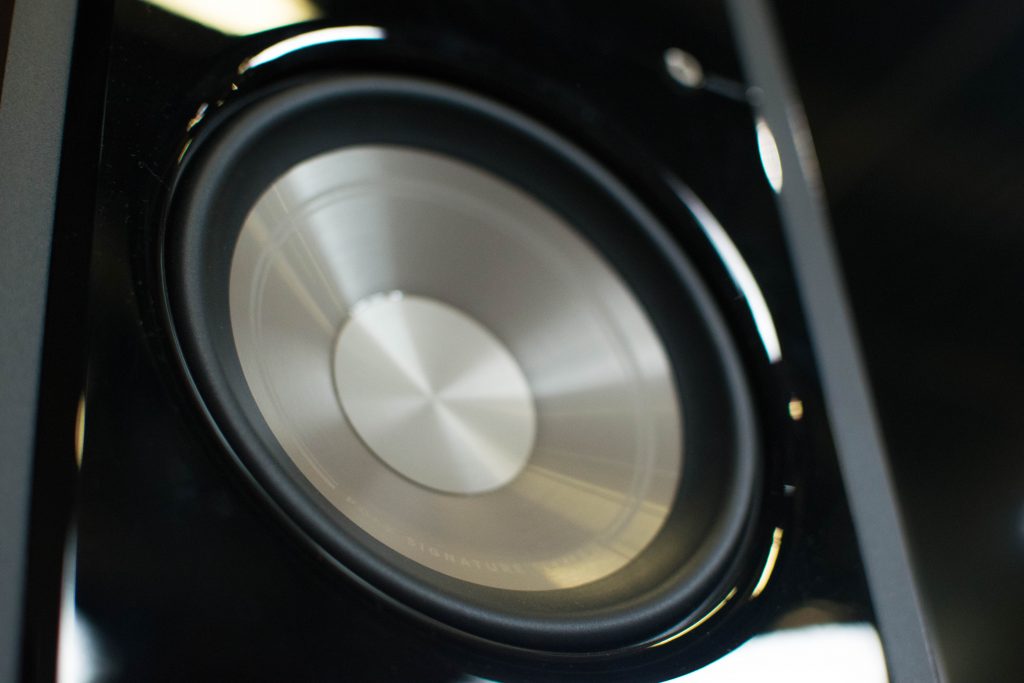
The most obvious component to any home theater setup is of course the speakers. But when getting into the weeds of choosing individual components, it gets a little more tricky than that. For those who are building their own system with a receiver, there are out-of-the-box options that make things easier.
What is Home Theater in a Box?
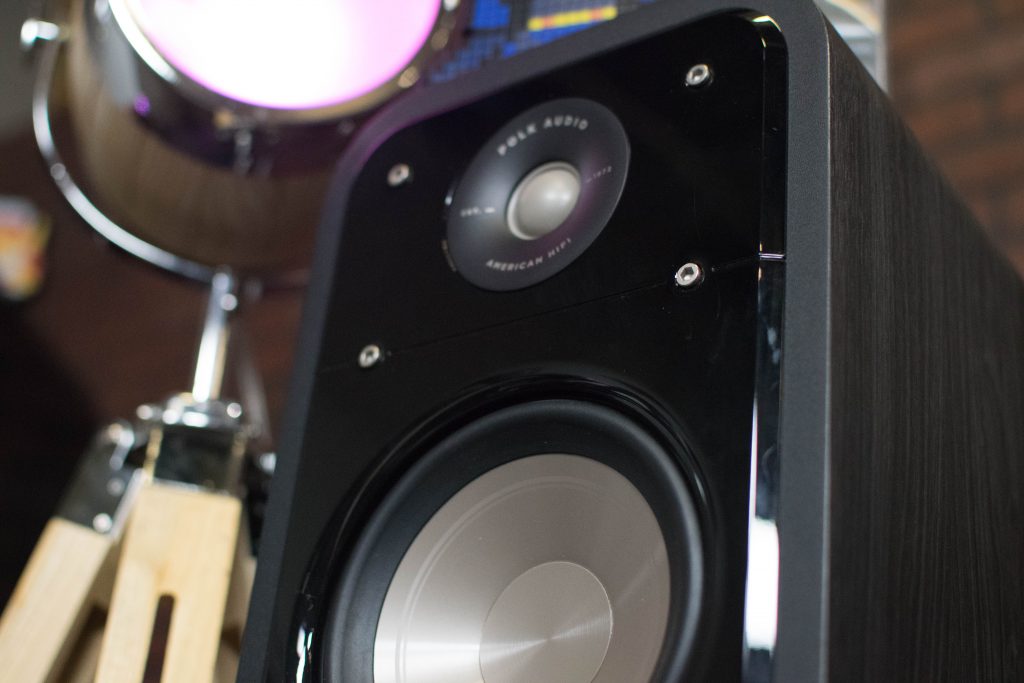
Home Theater in a Box (HTIB) is pretty much just what it sounds like, for the speaker needs. They include all (or most) of the speakers needed to plug directly into the receiver and get to jamming, without choosing the individual elements. One thing to note is that some HTIBs don’t come with a subwoofer, so be sure to double-check this when shopping for these kits. Some popular HTIB brands are Klipsch, Polk, and Harman Kardon, and many more.
For those who want to go the full DIY-route, picking up individual speakers allows enthusiasts to completely customize their system from start to finish. The first thing to consider is how many speakers the system will have (remember this goes hand-in-hand with the receiver channel capacity so some forethought is beneficial here). Typically, the standard 5.1-channel sound system has two front speakers, a central channel, two rear speakers, and a subwoofer. Something newcomers to home theater may not know is that the center channel is the most important speaker besides the subwoofer, as it is dedicated to allowing the vocals come through and stand on their own, so take that into consideration.
The Low Down on Subs
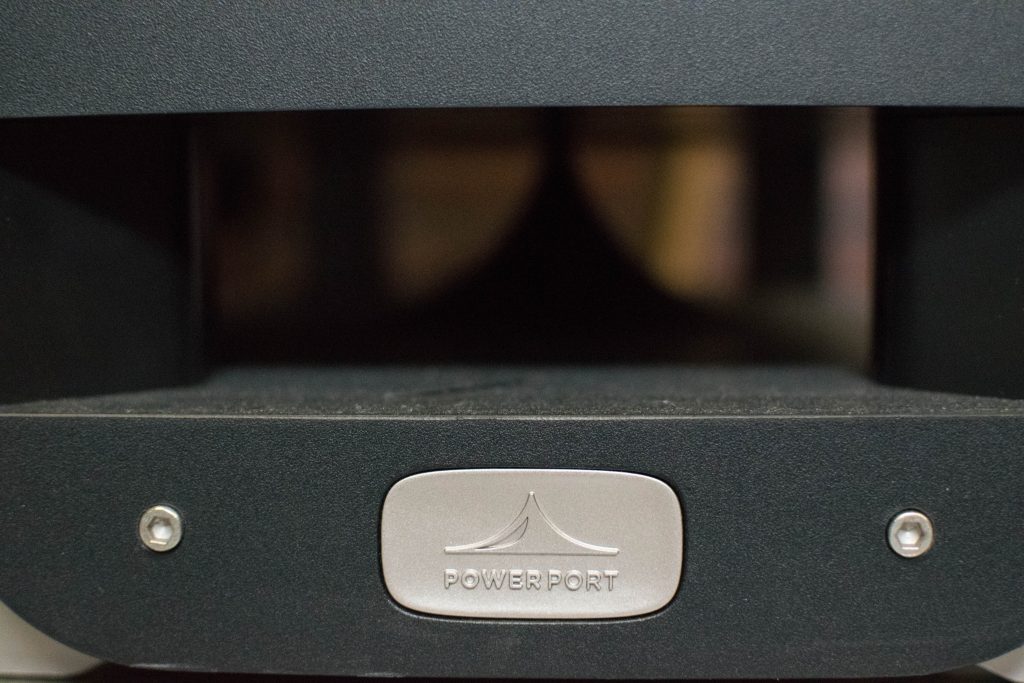
The one speaker element that simply cannot be removed is the subwoofer. The subwoofer produces the low-frequency notes (bass) that give the audio real depth and an encompassing feeling. Without a subwoofer, the audio won’t have the full feeling, and everything will sound lighter than it was meant to. Some HTIB sets come with subs, but some come without them so this should be carefully noted.
Something to think about when choosing a subwoofer is the space you are filling. Since the sound is a non-localized signal, the audio (and reverberation on objects) travels far so people living in an apartment should consider scaling down the size of the sub to avoid residual complaints.
For those looking to really deck out their home theater while still within reason, a 7.1-channel system offers incredible sound distribution and plenty of options. One thing to note when shopping for individual home theater components is the differentiation between bookshelf speakers and floor-standing speakers.
Generally speaking, the standing speakers are used for the front channels, while the bookshelf speakers are placed in the rear. Sound systems with greater channel counts or those with limited space can also utilize ceiling-mounted or in-wall speakers for a low-profile, enveloping audio experience.
Which Home Theater Speakers are the Best?
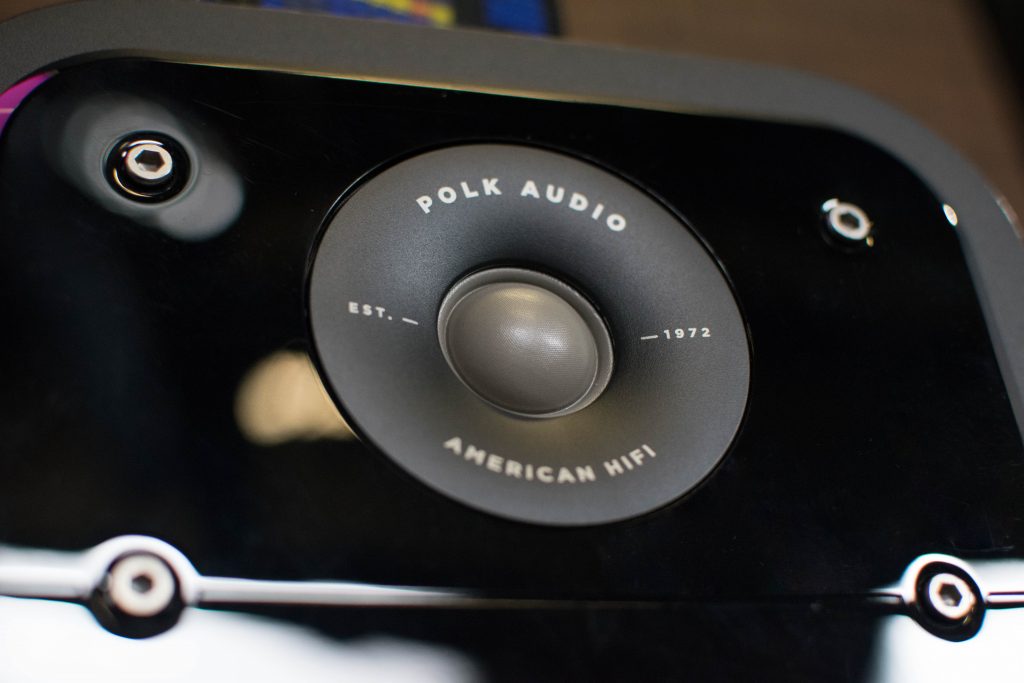
There are a handful of premium brands that offer exceptional quality for decking out a legit home theater setup. Some of the main players are Klipsch, Polk, Yamaha, Harman Kardon, and there are a whole gamut of others to choose from.
Sound Bars
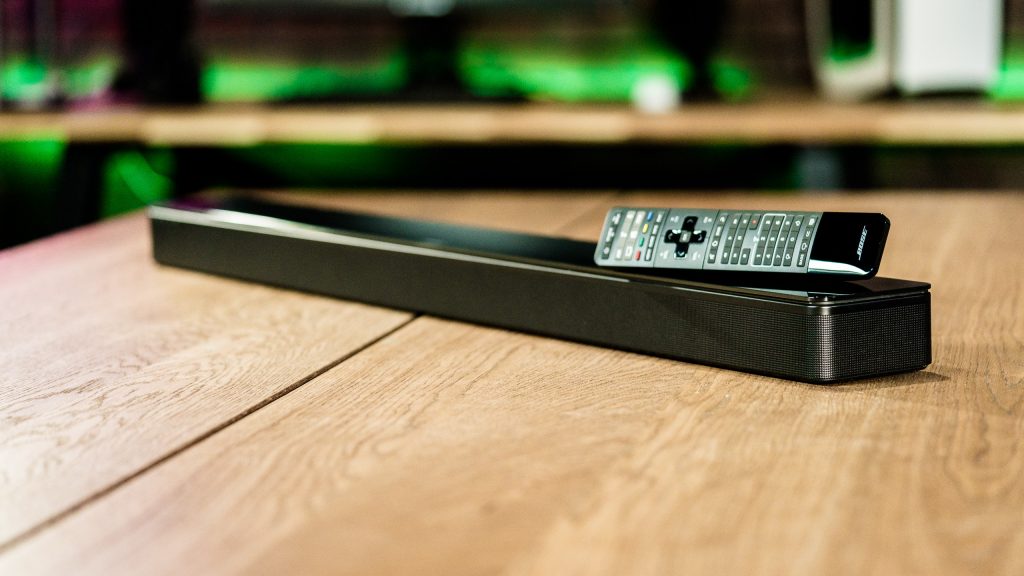
First of all, what are sound bars good for? Sound bars are great for people looking to bump up their home theater performance with minimal cost, or for those who don’t have a lot of space to play with. Part of the beauty of a sound bar is how minimalist it really is, while still giving a noticeable amplification of audio performance. Another reason sound bars are so popular is that they are plug-and-play ready, without the need for receivers or any other component and all wiring is included.
Which sound bar is the best for you depends on a few factors. Some of those are the physical size, channels (some sound bars have more than two speakers on the main unit), whether or not it comes with a subwoofer, and the Bluetooth capability. Some of the best sound bars come from Yamaha, Vizio, Bose, Harman Kardon, and others.
Wattage
I want to take a minute here to note that I purposefully did not include any mention of wattage to the speaker selection above. First off, yes, wattage is a consideration but it should be looked at with a skeptic’s eye. Manufacturers often slap a wattage tag on their speakers that are misleading, noting the peak wattage in bold with the RMS wattage in fine print. Wattage is important overall to ensure that your system is performing at its maximum capacity by matching the RMS power, but too much emphasis is placed on the wrong part of this.
Peak Power vs. RMS Power
To clarify, the peak wattage is not the power you get when you play an audio track, it is the max power before the equipment fails. The RMS power is what your unit will consistently produce during normal use, and of course the higher this rating the more room you have to operate before the system is maxed-out.
Components/Inputs
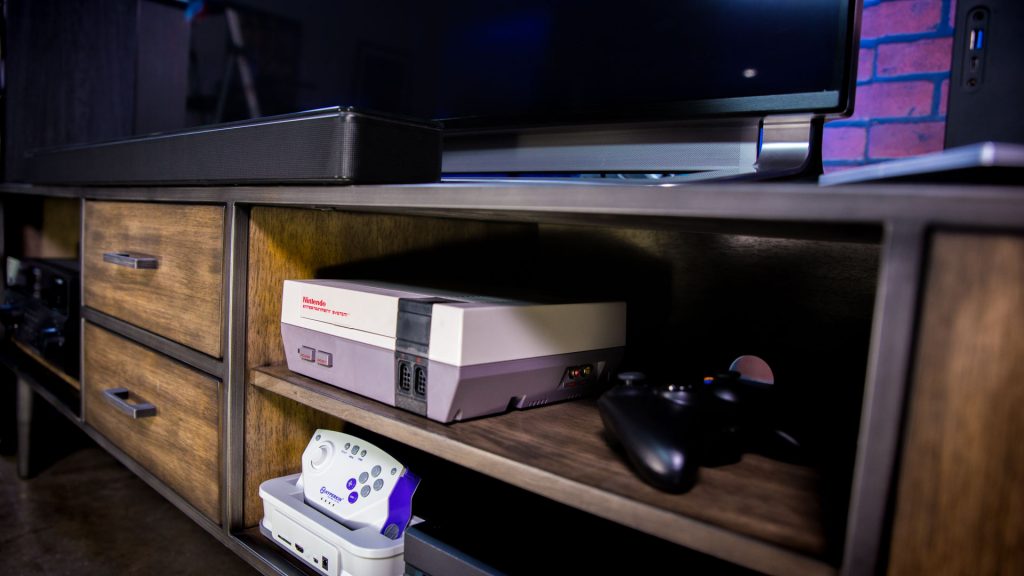
Here’s where things get easy, and much more flexible than the actual home theater setup itself. It is a good idea to know beforehand how many different media inputs will be used so you can determine how many channels the receiver should have (if going this route) but these can be really added or removed post-build.
With the popularity of video streaming and smart TVs now, a hefty chunk of the media is already included in the unit itself, while add-ons like a Google Chromecast, Roku, or Amazon Firestick can be added without effort at any time.
For gamers, an inherent input would be the gaming console which (for the Xbox One and PS4) actually doubles as a Blu-ray player, DVD player, and streaming center. Other considerations could be turntables, multi-CD players, or even a Home Theater PC (HTPC) dedicated strictly for media viewing.
Accessories
With home theater setups, there really aren’t too many additional accessories that need to be scooped up separate from what is included in the box. The most common accessories are HDMI cables and TV brackets. Of course the factors to consider would be the size of the TV, and the distance from the media center to the receiver or TV. Some exceptions to this would be when running multi-room audio systems, when additional speaker wire is a definite necessity.
While that about wraps up a topical guide of getting into home theater audio/video, there is a big rabbit hole just waiting to be explored for the curious.
Our Quick-Pick Home Theater Setups
Our quick picks for a good/better/best home theater setup are as follows below (components vary by preference, and cost was accurate at time of posting):
Good:
- TV: TCL 6-Series 55″ 4K Dolby Vision HDR TV $529.99
- Sound setup: Vizio SB3621n-E8 Sound Bar $149.99
- Total setup: $679.98
Better
- TV: Samsung QLED Q70 65″ Smart 4K UHD TV $1597.99
- Sound setup: Yamaha YSP-2700 Sound Bar $969.99
- Total setup: $2,567.98
Best (Option #1):
- TV: LG C9 65″ 4K Smart OLED TV with AI ThinQ $2699.00
- Sound setup: Denon AVR-X4500H 9.2 Channel Receiver $1599.00, JBL Stage A135C Center Loudspeaker $249.95 (2) JBL Stage A190 Floorstanding Speaker $449.95 (2) JBL Stage A120 2-Way Bookshelf Speakers Pair $199.95, Onkyo SKH-410 Dolby Atmos-Enabled Speaker System $69.00, (2) JBL Stage A100P 10″ Subwoofer $349.95
- Total setup: $6,615.65
Best (Option #2 for in-wall setup):
- TV: LG C9 65″ 4K Smart OLED TV with AI ThinQ $2699.00
- Sound setup: Denon AVR-X4500H 9.2 Channel Receiver $1599.00, Polk two-way center channel in-wall $239.99, (4) Polk two-way in-wall speakers $99.99, (2) Polk three-way in-wall speakers $146.99, (2) Polk CSW155 In-Wall Subwoofer $899.95
- Total setup: $7,031.83
(Note, all prices and products are accurate at time of article publication, although some may have changed or are no longer available)

